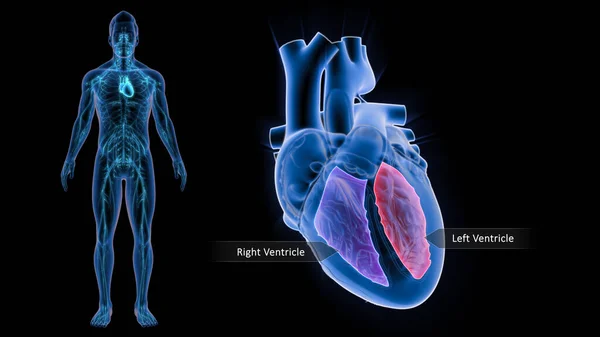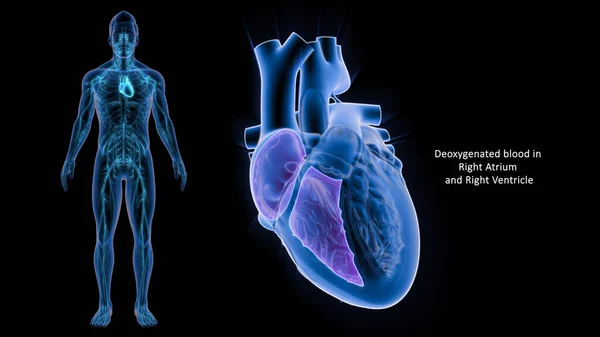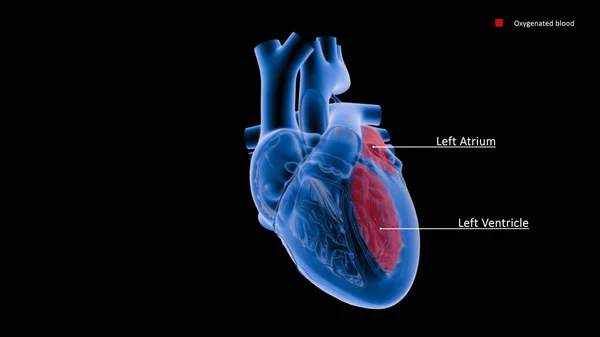Stock image The atria stand for the upper chambers of the heart, while the ventricles are the lower chambers. 2. Atria act as receptors of deoxygenated blood, while ventricles receive blood from the left atria and force it into the aorta.

Published: Sep.24, 2021 09:16:19
Author: sciencepics
Views: 3
Downloads: 0
File type: image / jpg
File size: 2.1 MB
Orginal size: 3840 x 2160 px
Available sizes:
Level: silver








